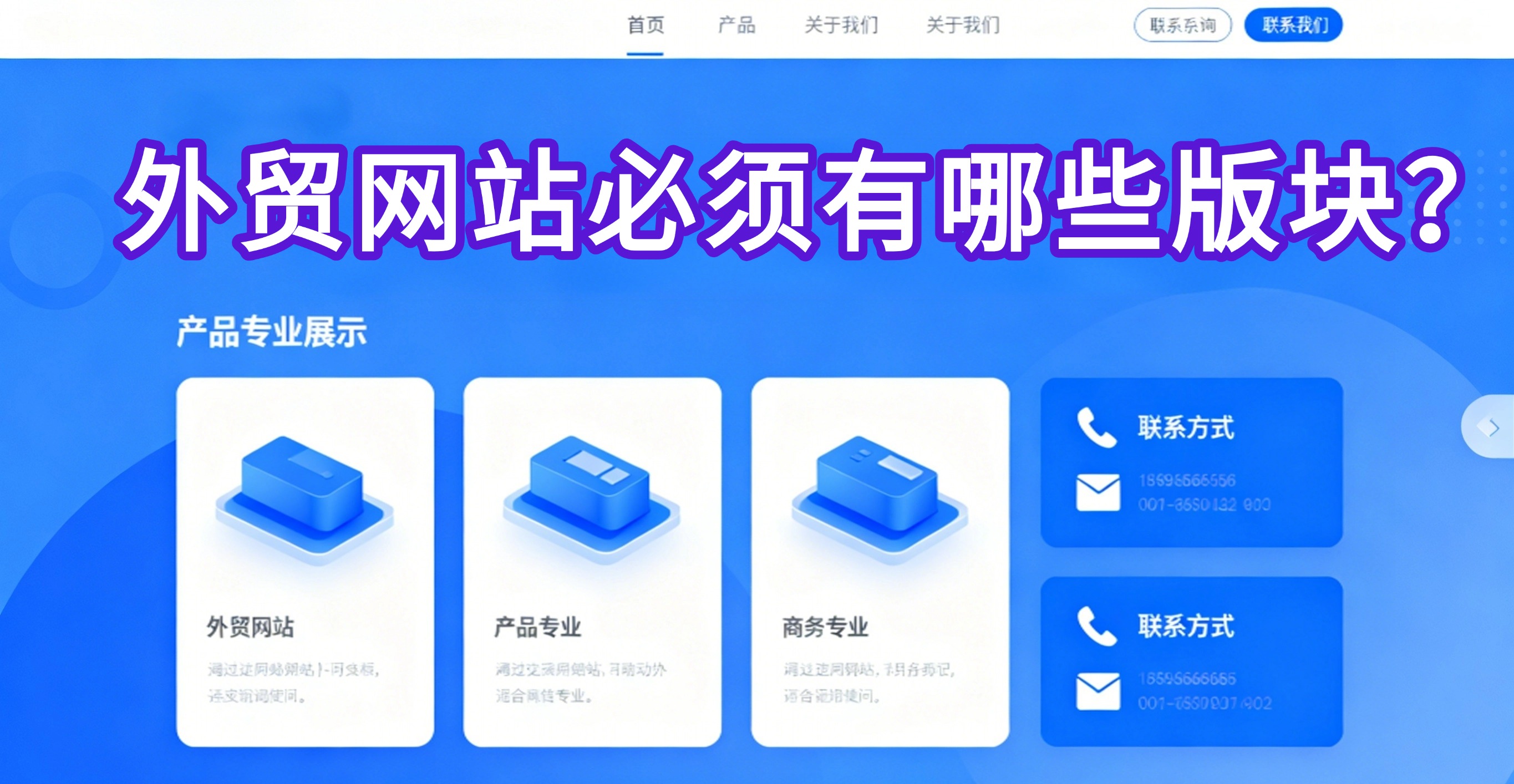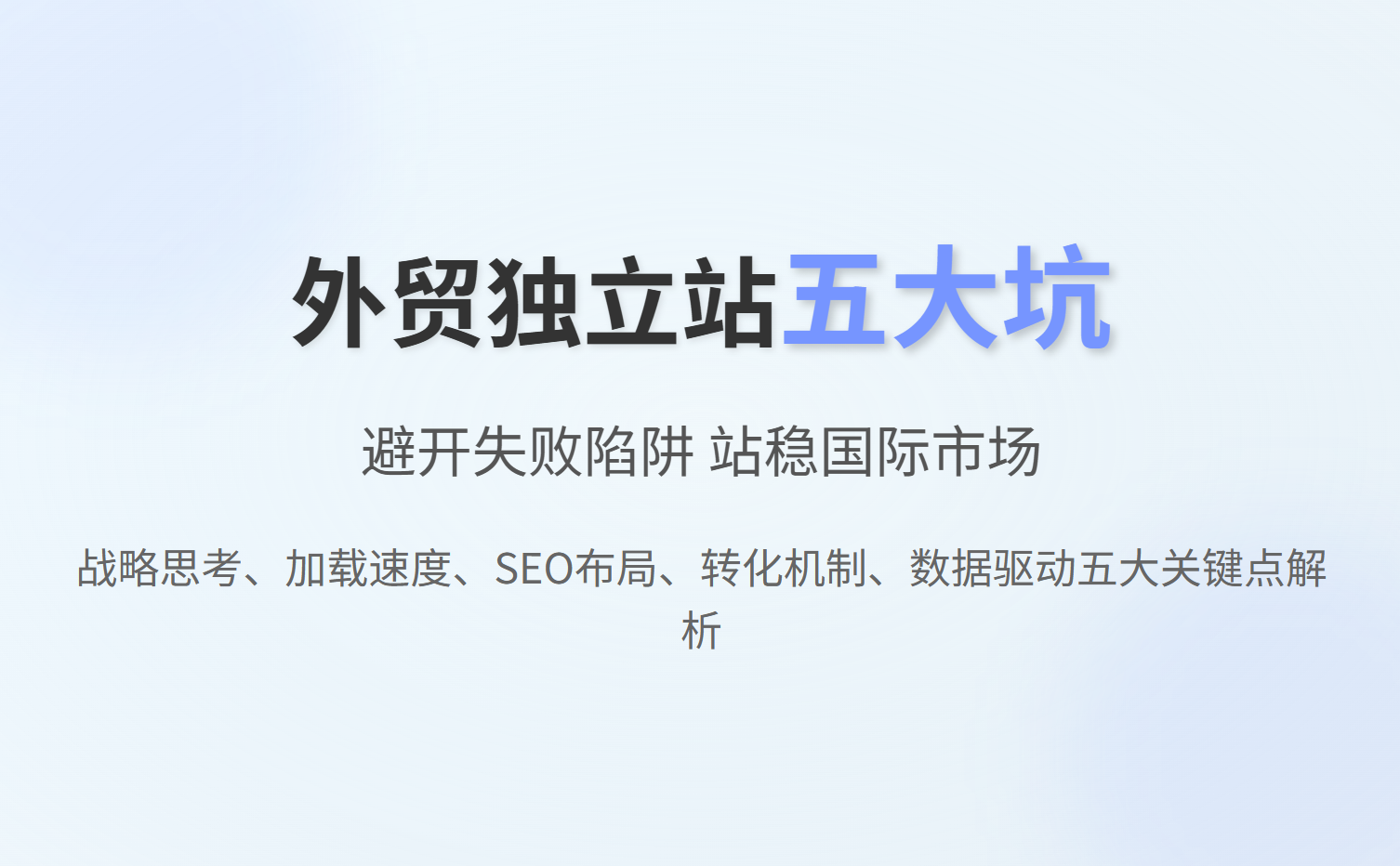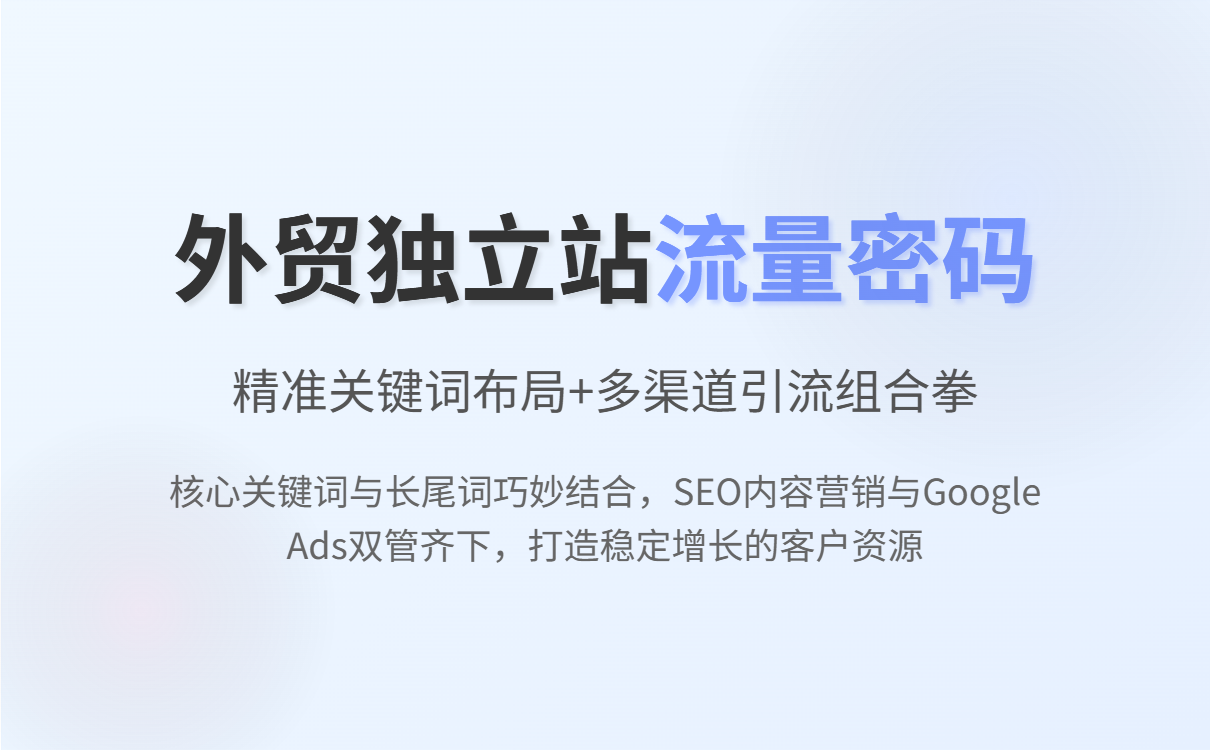
In the highly competitive landscape of global B2B trade, a well - crafted multilingual SEO matrix strategy can be a game - changer for businesses. Let's delve into its core components.
Keyword research is the foundation of any SEO strategy. In a multilingual context, it becomes even more crucial. By analyzing search trends in different languages, businesses can identify high - value long - tail keywords. For example, in the European market, long - tail keywords can account for up to 70% of all search traffic. These keywords are more specific and less competitive, allowing companies to precisely target their potential customers. Tools like Google Keyword Planner can be used to gather data across multiple languages.

Content localization goes beyond simple translation. It involves adapting content to local cultures, industries, and consumer behaviors. For instance, when marketing to the Japanese market, understanding their business etiquette and cultural norms is essential. A study shows that 72.4% of consumers are more likely to buy products when the content is in their native language. Therefore, businesses should invest in professional localization services or hire native speakers to create content that resonates with local audiences.
Managing multiple language websites can be a daunting task. Intelligent station group automation construction can significantly improve efficiency. With automated tools, businesses can streamline website creation, update, and management processes. For example, some advanced platforms can automatically generate multilingual websites based on predefined templates, reducing the time and effort required for manual operations. This can lead to a 30% increase in the efficiency of multi - site management.

Structured data marking helps search engines better understand the content on a website. By using schema markup, businesses can provide additional information about their products, services, and events. This can improve search rankings and increase the visibility of web pages. According to Google, websites with structured data are more likely to appear in rich snippets, which can attract up to 20% more clicks.
Google's algorithm is constantly evolving. To stay ahead, businesses need to adapt to the latest updates. This includes optimizing for mobile devices, as over 60% of searches are now done on mobile. Additionally, enhancing content authority through high - quality backlinks and original content is crucial. For example, creating in - depth industry reports can improve a website's credibility in the eyes of search engines.
Distributing content across multiple channels, such as social media, industry forums, and email marketing, can increase brand exposure. Data backflow analysis allows businesses to understand which channels are driving the most traffic and conversions. By closing the loop on marketing, companies can optimize their strategies and improve ROI. For example, a well - executed cross - channel strategy can increase conversion rates by up to 25%.

To better understand how these strategies work in practice, let's look at a case study. Company X implemented a multilingual SEO matrix strategy and saw a 50% increase in organic traffic within six months. By following the steps outlined in this article, marketing professionals can avoid common mistakes and quickly implement effective strategies.
The market is constantly changing, and so are search trends. Therefore, continuous monitoring and dynamic adjustment of keywords and content strategies are essential. By keeping up with market demand, businesses can maximize conversion rates and stay competitive.
If you're looking to take your外贸企业's global SEO performance and conversion rates to the next level, the AB客外贸智能营销管理平台 SCRM + AI is your ideal solution. It integrates all the strategies mentioned above and provides powerful tools to help you achieve your business goals. Click here to learn more about how AB客 can transform your business!
.png?x-oss-process=image/resize,h_100,m_lfit/format,webp)
.png?x-oss-process=image/resize,h_100,m_lfit/format,webp)

.png?x-oss-process=image/resize,h_100,m_lfit/format,webp)
.png?x-oss-process=image/resize,h_100,m_lfit/format,webp)
.png?x-oss-process=image/resize,h_100,m_lfit/format,webp)
.png?x-oss-process=image/resize,h_100,m_lfit/format,webp)
